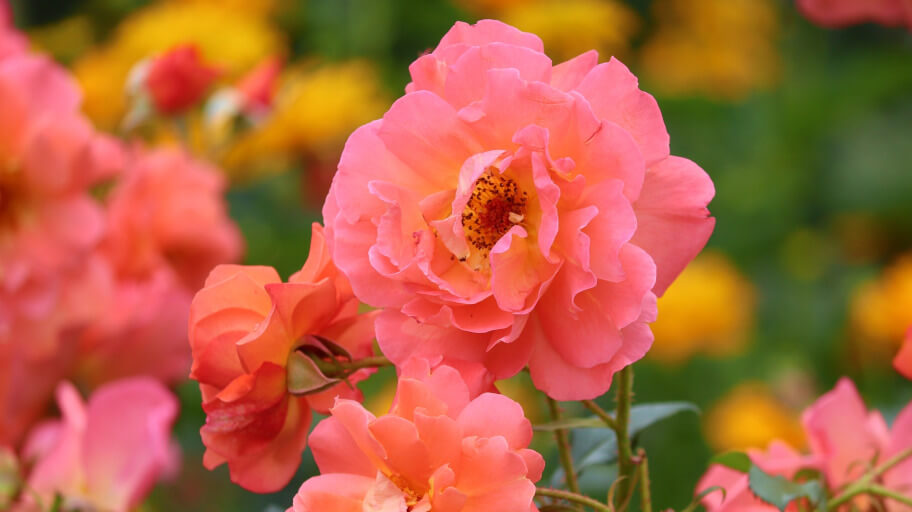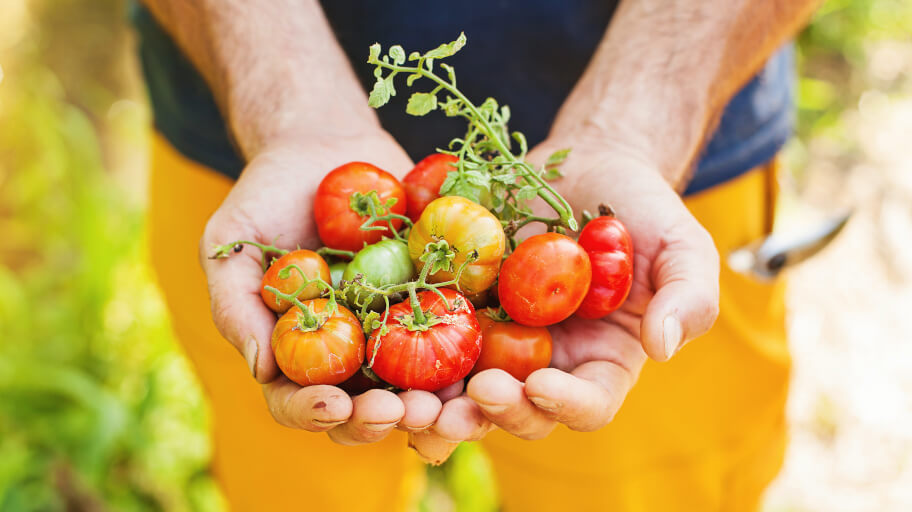When we say invading, what we really mean is they crept in one way or another and slowly built up their numbers to the point they are threatening endemic species. Plants are quiet and unassuming, but that makes them all the more creepy when you look under their pretty faces. So here are our (least) favourite six of them.
Invasive Australian plants:
Broomsedge
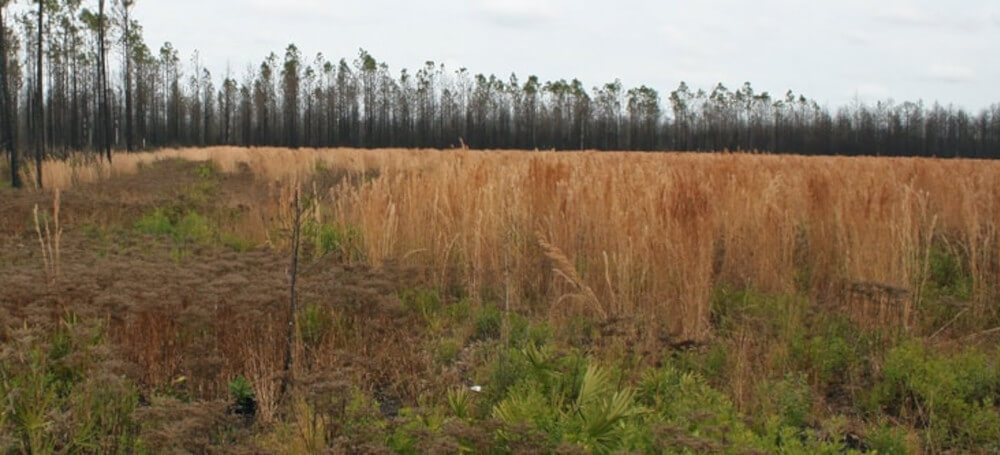
Or as we know it – Whisky Grass. This one is actually rather silly because it came here thanks to our love of booze. Hence the name. It was used as package stuffing in crates of whisky bottles, and since it was no bubble wrap and you couldn’t really do anything fun with it – we threw it away.
It found a good home in the Outback since it’s very tolerant of wildfires, and actually grows denser after a burn. To make it worse it’s extremely invasive and the way it does it is by dying. We are serious. The dying tissues of whisky grass release powerful natural herbicides that suppress other plant growth in its territory. So you can’t burn it, you can’t mow it down, you have to completely uproot it. Have you tried uprooting a whole field while also being a plant yourself? Yeah. It doesn’t work.
St. John’s Wort
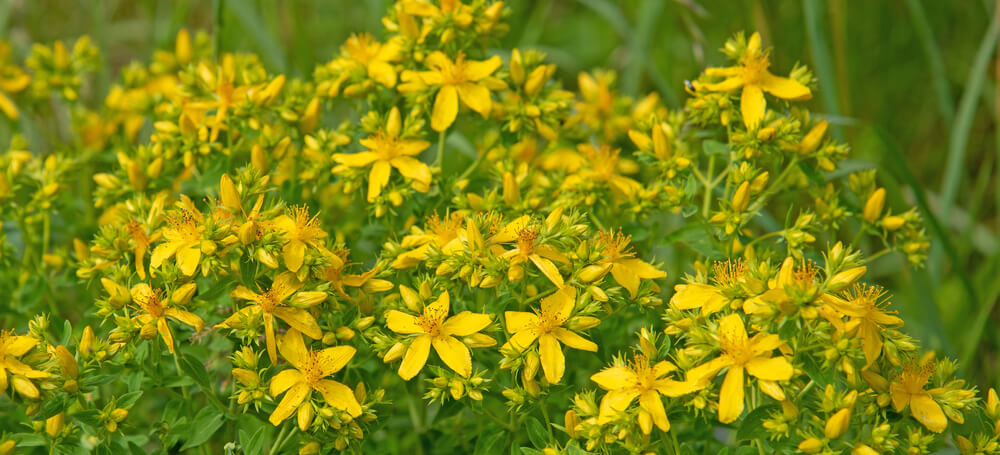
While it can be used in medicine, we shouldn’t have brought it here. St. John’s Wort is an extremely invasive grass and is classified as a noxious weed in Australia. The biggest problem of this plant seems to be other plants existing too. It can easily push away other vegetation and hoard entire plains for itself. It is extremely adaptable and hard to remove once it has set up. To give you an idea – its seeds can lay dormant in the soil for up to 20 years!
Just as with Paterson’s Curse, it poses a threat to livestock. Although not as dangerous, it’s still a potential hazard. The effects of poisoning with St. John’s Wort are inflammation of exposed skin, hyperthermia, and also depression and reproductive failures. Speaking of…
Paterson’s Curse
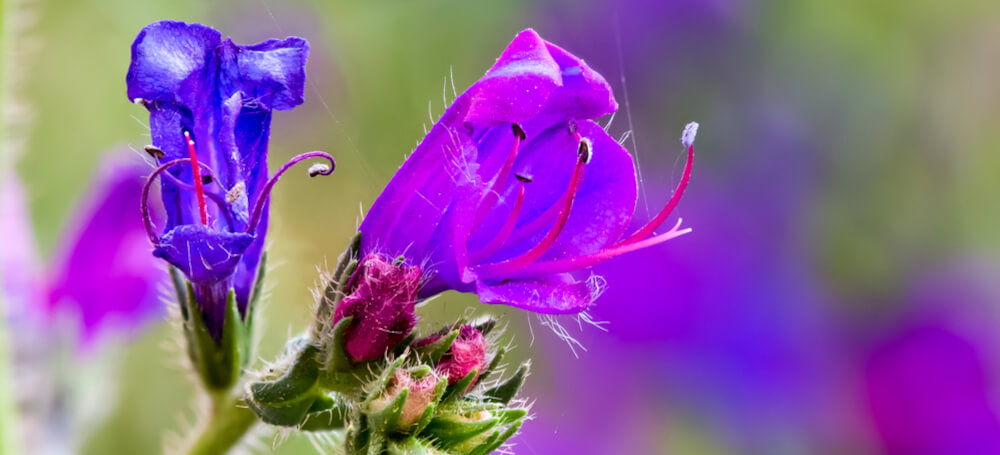
It has other names, but this is the only one it deserves. We don’t know who Paterson is, but we are putting a bounty on his exhumed corpse. This weed has a high concentration of pyrrolizidine alkaloids. Or in layman’s terms – poison. It’s very dangerous to grazing livestock, especially horses. It doesn’t kill quickly, but this is what makes it nefarious. Animals don’t really know they are ingesting something poisonous.
It has already covered 33 million hectares of land, mostly in southern Australia, and is costing the agriculture industry hundreds of millions each year. Not only that, but it can easily sneak into your diet because honey made from the plant’s pollen retains those alkaloids. Thankfully there is strict control and when diluted with regular non-killing honey it is harmless.
Foxtail Brome
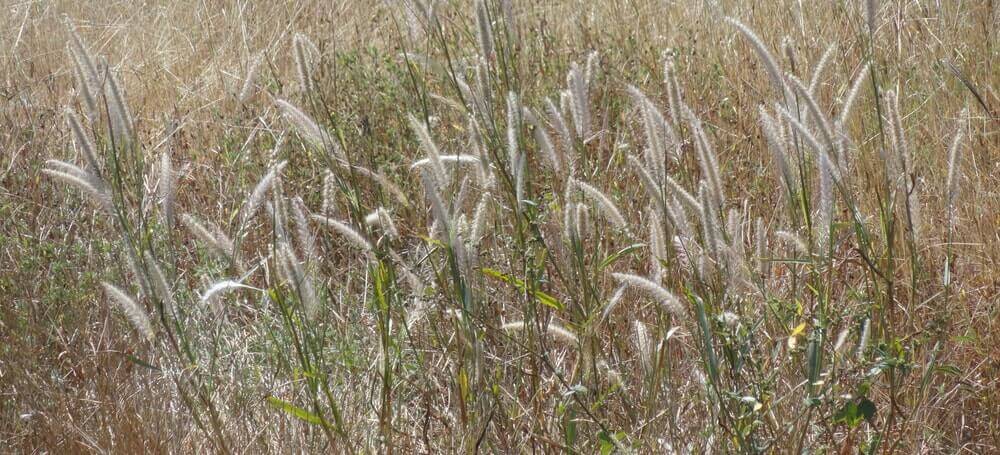
This one found its place on the list for no other reason than total global domination. Yep, no big deal. This grass has propagated all over the world through sheer hardiness and it’s especially resistant to dry conditions. There’s nothing really interesting to say about this one so we are moving on to something we can tell jokes about.
Rubber Vine
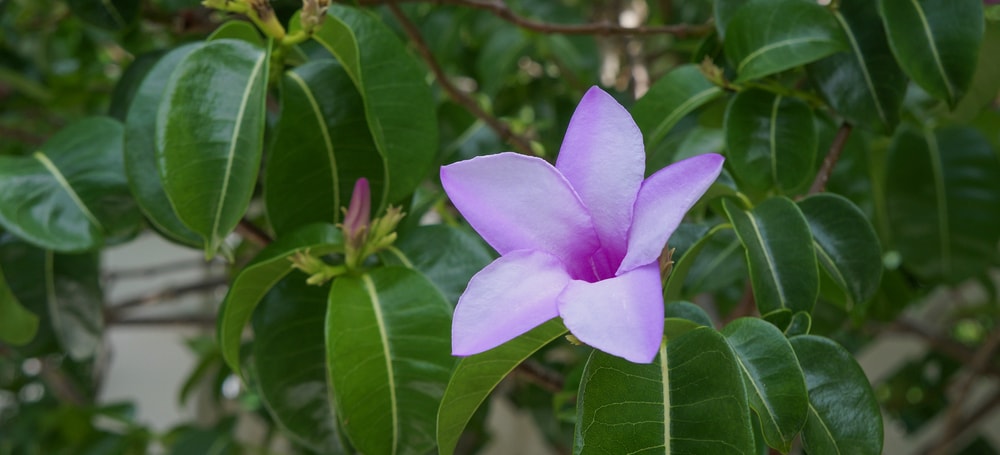
We hate it, you hate it, and it definitely hates us back. Aussies brought it from Madagascar as an ornamental shrub 19 century which was very popular in Queensland. We are still paying the price for it. Rubber vine has spread from the Cape York Peninsula all the way to Pilbara. It’s a vendetta, you see.
Rubber Vine is a real threat to gallery forests as it needs a lot of moisture to survive and thus tends to stick to rivers where they thrive. It can completely suffocate trees by wrapping them up and limiting access to sunlight. To top it off it’s extremely toxic. Just 10 grams of the stuff can kill a 400kg horse in about a week. This is the equivalent of a space expedition bringing back a cute fluffy alien creature that subsequently takes over the planet and looking adorable as hell while at it.
Giant Cane
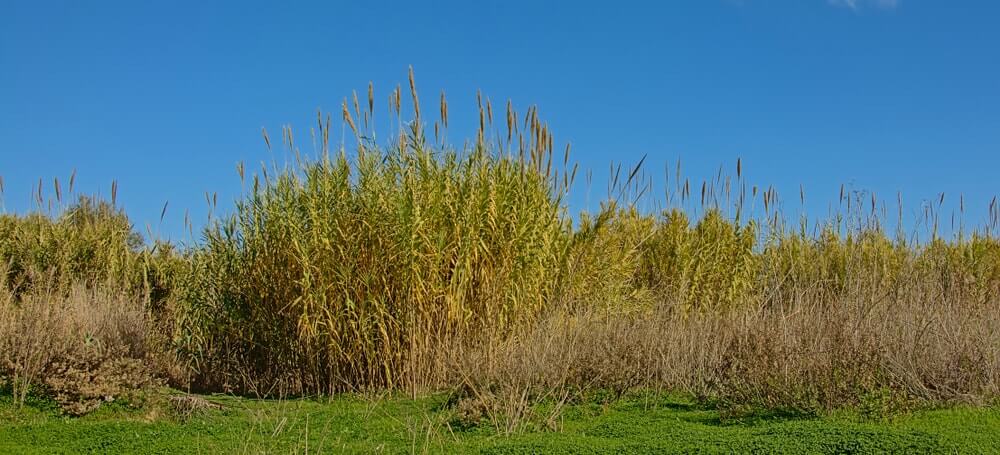
Giant Cane is actually rather useful when properly contained. It can be used for biofuel, it’s awesome at carbon sequestration, and pretty great material for flutes. It grows extremely fast though. As much as 10cm a day! You can probably see how things got out of hand.
Being a reed, giant cane grows very densely and as we mentioned above – fast. These are the biggest strengths of the giant cane’s war machine, and it’s safe to say it’s using bliltzkrieg tactics. The dense overgrowth limits animal habitats and competes with other plant species like willows. It can also entirely change a river’s hydrology. To top it off it contributes a lot to wildfires and it also intensifies them. Yikes.
We specialise in weeding and can tackle invading plants in your backyard!
Book a gardening service with a professional!




